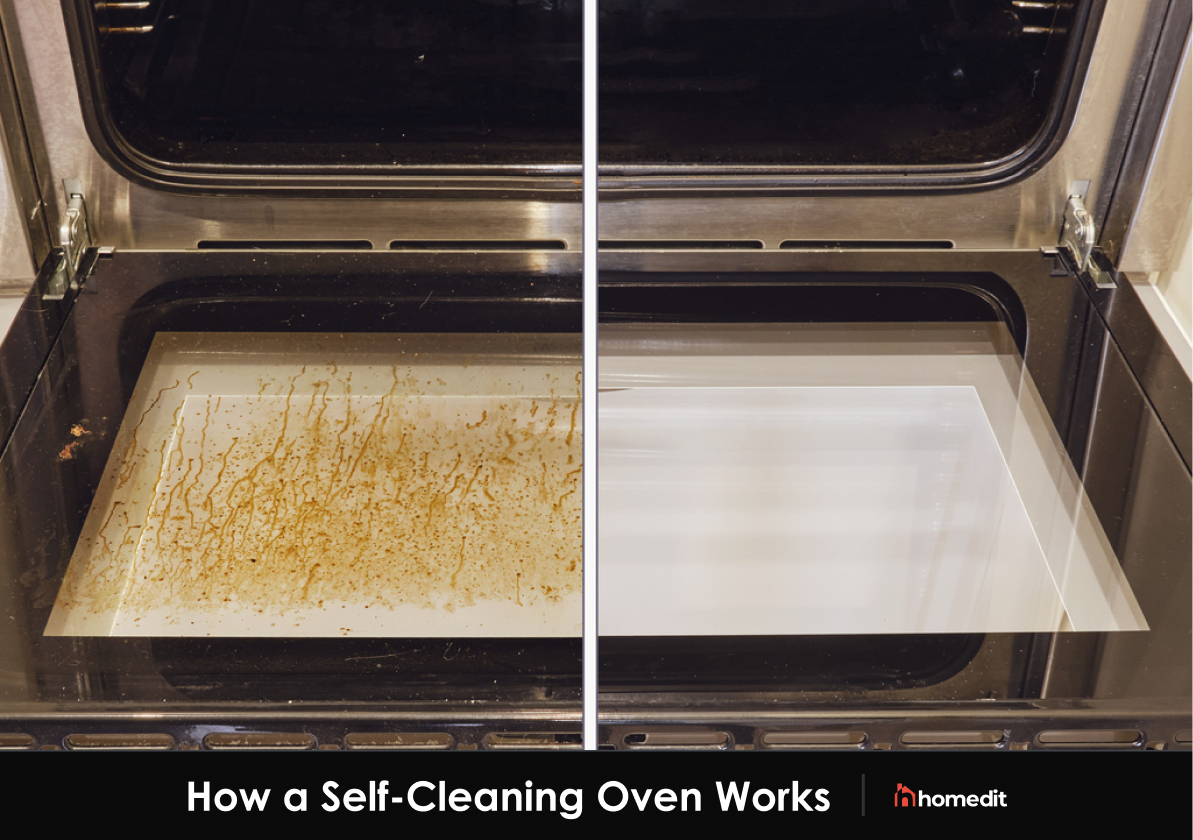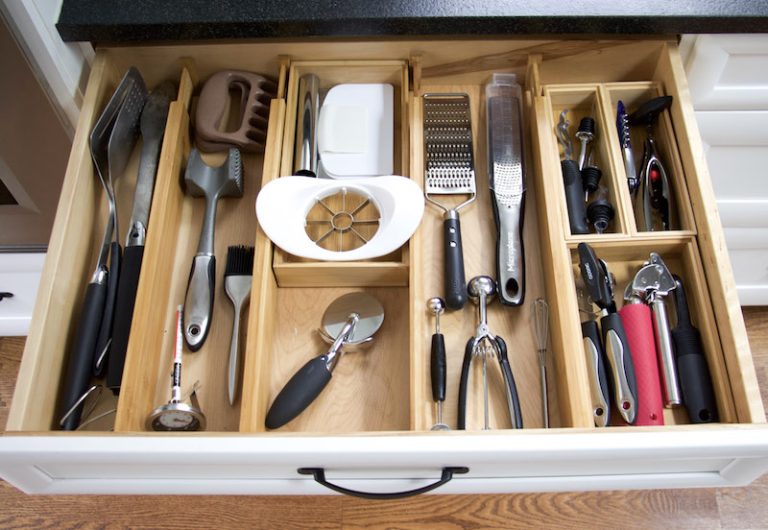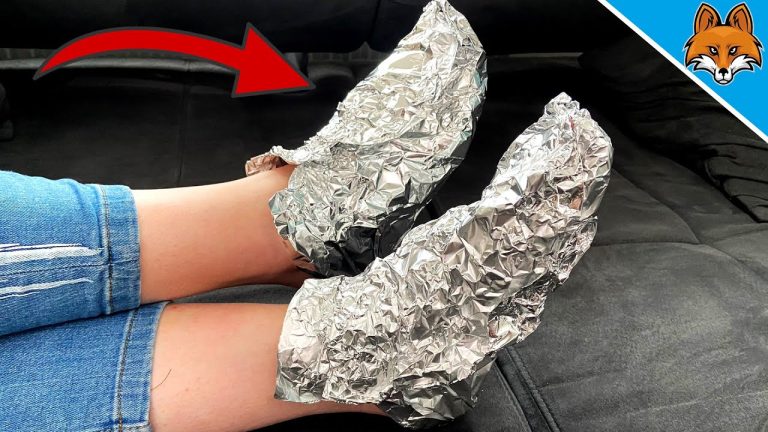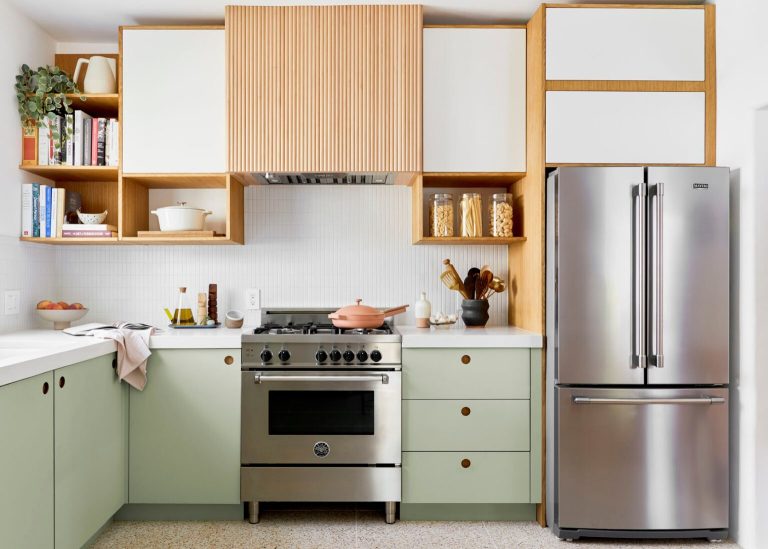How Long Does Self-cleaning Oven Take?
Self-cleaning ovens are a great convenience for many busy households. These ovens come with a special cleaning cycle that can take anywhere from two to four hours. This cycle uses high temperatures to burn away any food residue and grease, leaving the oven sparkling clean. During this cycle, the oven door will be locked and the interior will be extremely hot, so it’s important to keep children and pets away from the oven while it’s cleaning. Once the cycle is complete, the oven should be wiped out with a damp cloth before use. With regular use, a self-cleaning oven can make your life a lot easier and help you keep your kitchen clean.
What is a Self-cleaning Oven?
A self-cleaning oven is a kitchen appliance that uses heat to clean itself. It has a special self-cleaning cycle that heats up to a very high temperature to burn off food residue and grease. This cycle usually takes several hours and runs on its own, so you don’t have to scrub and scrape the oven yourself. After the self-cleaning cycle is complete, you simply wipe away any remaining ash with a damp cloth. Self-cleaning ovens are a great convenience and can save you time and elbow-grease when it comes to deep-cleaning your oven.
Benefits of Self-cleaning Ovens
Self-cleaning ovens are a revolutionary way to keep your kitchen clean and functional. They use high temperature and special cleaning cycles to burn off food and grease, making it easier to keep your oven clean and free of odors. Not only do self-cleaning ovens save time and energy, they also help to improve the quality of your meals. By removing any lingering food particles, you can ensure that your meals will turn out better and more flavorful. Self-cleaning ovens are also great for those who may not have the time or energy to clean their ovens on a regular basis, as they require no scrubbing or harsh chemicals. With a self-cleaning oven, all you need to do is press a button and let the oven do the work for you.
Different Types of Self-cleaning Ovens
Self-cleaning ovens are an incredibly convenient and time-saving kitchen appliance. From pyrolytic to catalytic, there are several types of self-cleaning ovens available to suit any home chef. Pyrolytic ovens use heat to reduce the oven interior to ash, making it easy to wipe away grease and grime. Catalytic ovens use a special coating on the oven walls to absorb grease and grime during cooking, so they can be easily wiped away afterwards. Steam-cleaning ovens utilize the power of steam to loosen and dissolve grease and grime, allowing for easy cleanup. Finally, some ovens use a combination of these methods to provide a thorough clean with minimal effort. No matter which type of self-cleaning oven you choose, you can count on the same result: a sparkling clean oven with minimal time and effort!
How Self-cleaning Ovens Work
Self-cleaning ovens are a modern convenience that can save time and effort in the kitchen. They work by heating up the inside of the oven to extremely high temperatures, which is enough to turn food and grease into ash. After this process is complete, you can simply wipe away the ash with a damp cloth or a damp sponge. This not only eliminates the need to scrub off burnt-on food and grease, but also eliminates the need for harsh chemicals and cleaners. Self-cleaning ovens are also energy efficient, using lower temperatures and shorter cycles than manual cleaning methods. With self-cleaning ovens, all you have to do is set the cleaning cycle, sit back, and enjoy the convenience of a sparkling clean oven.
Preparing for Self-cleaning
Self-cleaning can be a daunting task, but by taking the time to prepare for it, you can make it much easier and more enjoyable. Start by assessing the area that needs to be cleaned. Then gather all the materials you’ll need, such as a vacuum, mop, cleaning supplies, and a trash can. Once you’ve acquired everything, it’s time to get started. Begin by sweeping up any dust or debris. Then move on to scrubbing and mopping the floors. After that, use the vacuum to remove any dirt or crumbs. Finally, don’t forget to wipe down countertops, furniture, and other surfaces. With a little bit of preparation and hard work, you can make self-cleaning a breeze, and the results will be worth it.
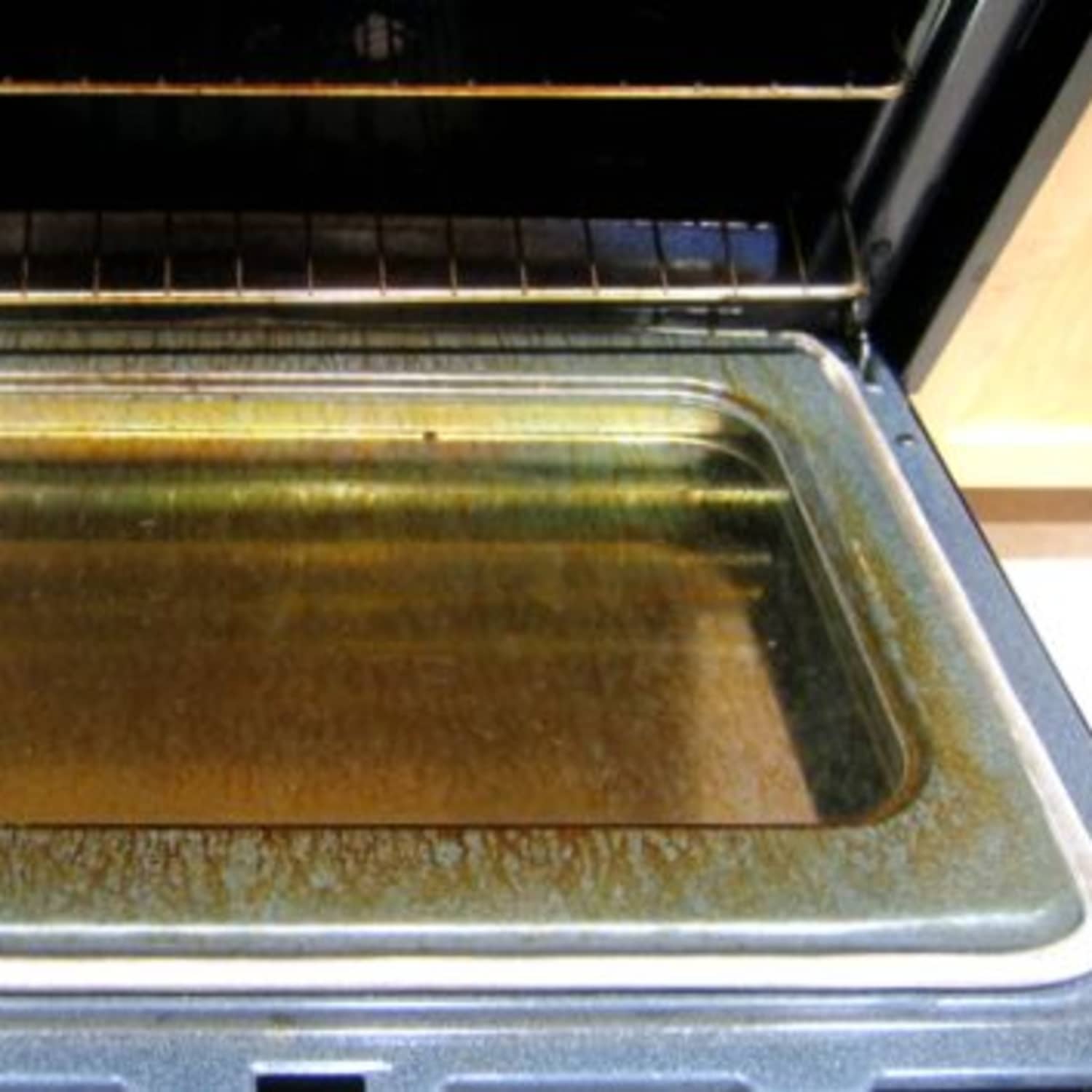
Self-cleaning Oven Cycles
A self-cleaning oven cycle is a great way to keep your oven clean without having to do the heavy lifting yourself. It works by using high temperatures to break down food residue, which is then burned off in the oven. The cycle is designed to be fast and efficient, with most ovens taking around two hours to complete the process. The cycle does require some preparation, such as removing the oven racks and any food debris, but the end result is a sparkling clean oven in a fraction of the time. Plus, you don’t have to worry about the harsh chemicals and fumes used in traditional oven cleaners. So, if you’re looking for an easy way to keep your oven clean, look no further than a self-cleaning oven cycle.
Tips to Help Speed Up Self-cleaning
Everyone wants a clean and tidy home but sometimes it can feel like a never-ending battle. Fortunately, there are a few simple tips and tricks to help speed up the self-cleaning process. Start by setting realistic goals and breaking down big tasks into smaller, more manageable chunks. Keep a regular cleaning schedule and make it a part of your daily routine. Utilize multi-purpose cleaning products to clean multiple surfaces at once. Keep your cleaning supplies organized and easily accessible so they’re ready to go when you need them. Finally, don’t forget to reward yourself at the end of each task; it will help keep you motivated and make the process more enjoyable. With these tips, you’ll be able to make your home sparkle in no time!
Potential Issues During Self-cleaning
Self-cleaning ovens are a great convenience for busy households. However, there are potential issues that can arise during the self-cleaning process. The temperature of the oven can reach high temperatures of up to 1000 degrees Fahrenheit, which can cause over-drying of food that is left in the oven. Additionally, the high temperature can damage seals and gaskets, leading to inefficient operation and poor air circulation. It is also possible that the oven can become clogged with debris and soot, leading to smoke and potential fire hazards. To ensure safe and effective use of a self-cleaning oven, it is important to follow all manufacturer instructions and to regularly inspect the oven for any damage.
Troubleshooting for Common Self-cleaning Oven Problems
The self-cleaning oven is a convenient appliance for busy households, but it can also cause a few headaches if it isn’t functioning properly. Troubleshooting for common self-cleaning oven problems can be a daunting task. In this article, we will provide useful tips and solutions to common issues that may arise with your self-cleaning oven. We will discuss common problems such as door not locking, door not opening, smoke and odor issues, and failure to self-clean. With our easy-to-follow advice, you’ll be able to solve almost any problem that crops up with your self-cleaning oven.
Maintaining a Self-cleaning Oven
Maintaining a self-cleaning oven is essential for a kitchen to run efficiently. Self-cleaning ovens are an efficient and effective way to keep your oven clean, saving you time and energy. It is important to follow the manufacturer’s instructions for proper use, as well as to regularly clean and maintain your oven. Depending on the type of self-cleaning oven you have, you may need to use a special cycle, such as a steam cleaning cycle or a pyrolytic cycle. You should also check your oven regularly for any debris, dirt, or buildup, and clean it as needed. Additionally, it is important to regularly clean the oven door and racks, as well as the outside of the oven. By properly maintaining your self-cleaning oven, you can ensure it remains in good condition and provides you with the best performance.
Questions to Consider Before Purchasing a Self-cleaning Oven
A self-cleaning oven is a great convenience for busy households. But before you purchase one, there are a few questions you should consider. Firstly, what type of self-cleaning oven do you want? There are two main types: pyrolytic and catalytic. Pyrolytic ovens use high temperatures to burn off dirt and grime, while catalytic ovens use special liners to collect grease and dirt. Secondly, consider the size and capacity of the oven you need. Finally, determine whether you need an interior light and a timer for the self-cleaning cycle. Once you’ve answered these questions, you can make an informed decision about the best oven for you.
Conclusion
The time it takes for a self-cleaning oven to complete its cycle is dependent on the type and size of the oven and the soil level of the oven. Generally, a self-cleaning oven cycle can take anywhere from 2-4 hours, although some ovens may take longer. It is recommended to leave the oven to cool down for at least an hour after the self-cleaning cycle is complete before attempting to use it.

